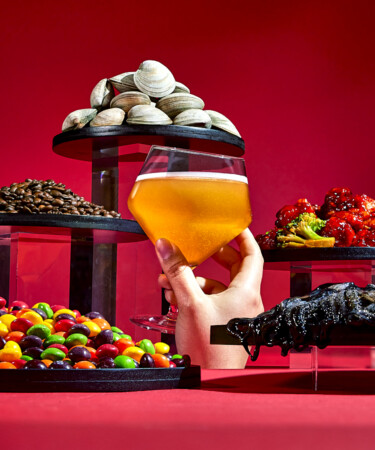Putting unorthodox ingredients and adjuncts into beer is nothing new. Pumpkin beer has marked spooky season since the early ‘80s and the pastry stout boom of the mid-2010s saw everything from brownies and marshmallows to coffee and ancho chiles get added to brews. Most of the time, these bonus ingredients do more to allure the reluctant drinker than to deter.
But there are some beers that have crossed the threshold from experimental to borderline absurd. When bull testicles, whole clams, and Norwegian Kroner make their way into the mash, the masses take notice, whether or not the resulting brews taste good. So without further ado, here are the beers over the years with the most absurd, out-of-pocket ingredients imaginable.
Dogfish Head Brewery Beer for Breakfast: Scrapple
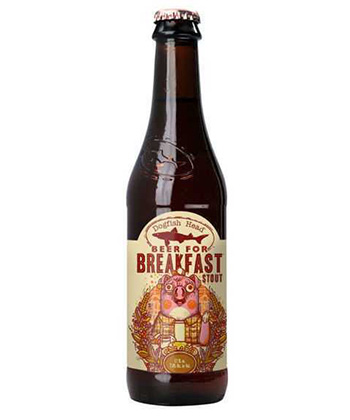
Dogfish Head is no stranger to breaking convention when it comes to brewing, hence its slogan “off-centered stuff for off-centered people.” In 1994, the year before Dogfish Head opened its doors, founder Sam Calagione was allegedly working on a breakfast-themed stout as a homebrew, which led to the advent of its Mexican coffee-infused Chicory Stout. Twenty years later, the brewery debuted its Beer for Breakfast stout brewed with coffee, lactose, applewood-smoked barley, maple syrup, and super-lean Rapa scrapple. Originally coined by the Pennsylvania Dutch community, scrapple is a breakfast-style patty made of pork scraps, cornmeal, and spices. Despite this brew’s wild ingredient list, by most accounts, it’s pretty mundane. Regardless, the breakfast stout idea took hold and made for legendary beers down the line.
Carton Brewing Company Digger: Clams
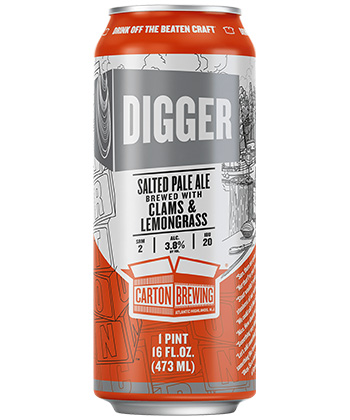
New Jersey’s Carton Brewing Company lives and brews by the mantra “drink off the beaten craft,” and Digger’s ingredients drive that point all the way home. Oyster stouts — brewed with spent oyster shells — have been around for quite some time, but the folks at Carton took the idea and ran with it in a low-ABV salted pale ale with lemongrass and cherrystone clams in the boil. Being that the brewery’s hometown of Atlantic Highlands is a big clamming town and a stone’s throw away from an annual summer clam festival, Carton’s team wanted to create a summer-ready session beer that would conjure up the salty sea air that wafts across Atlantic Highlands. We’ve actually tried this one, and it’s pretty damn good.
Wynkoop Brewing Company Rocky Mountain Oyster Stout: Bull Testicles
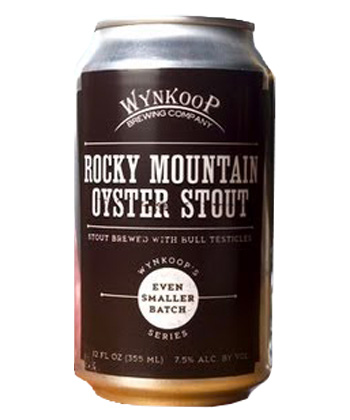
Now that we’re three beers into the list, it’s time to let the freak flag fly. In 2012, Colorado’s first brewpub, Wynkoop Brewery, released a video on April Fool’s Day announcing a fake beer made with a regional delicacy: fried bull testicles, a.k.a. Rocky Mountain oysters. Due to the flood of curiosity and questions in response to the video, the brewery went ahead and actually brewed the beer for the 2012 Great American Beer Festival. Twenty-five bull testicles — cut into slices and roasted — were added to the mash tun for brewing an eight-barrel batch, translating to 1.26 percent of bull testicle per pint. To this day, Wynkoop occasionally brings it back, and in 2021, it even released a vegan version with roasted chestnut chips as a teste substitute.
Free Will Brewing Kopi Luwak Vanilla Ralphius (2019): Kopi Luwak
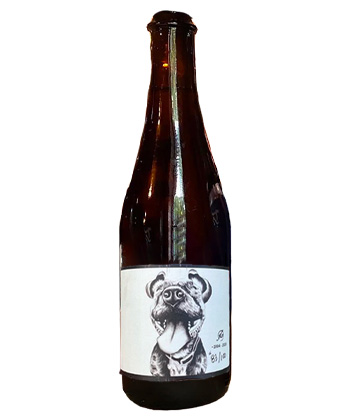
Pennsylvania’s Free Will Brewing Co. has an awesome Russian imperial stout called Ralphius (named after one of the brewer’s adopted dogs) and every year it releases 12-plus variants of it. The variants usually arrive in the form of different barrel-aged iterations, but in 2019, Free Will released a Ralphius expression that was aged in bourbon barrels with bourbon vanilla beans and Kopi Luwak coffee. For those unfamiliar with this rather expensive coffee bean, it’s made by taking partially digested coffee berries from the excrement of Asian palm civets, small jungle cats native to Southeast Asia. The cherries are fermented as they pass through the Civet’s GI tract, and are then collected, cleaned, processed, and roasted. For those brave (and wealthy) enough to try Kopi Luwak coffee, it allegedly has pronounced earthy, musty, and chocolate notes. Either way, the adjunct seems to have done wonders, as the beer has a world-class score of 4.61/5 on Untappd.com.
Evil Twin Brewing Big Ass Money Stout: Frozen Pizza and Norwegian Currency
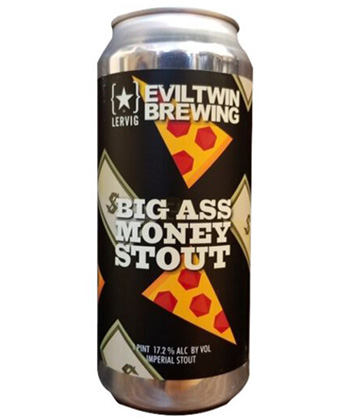
Evil Twin is another one of those breweries known for extremes in both beer names and ingredients. (You may recall the THIS DELI NEEDS A BIGGER DOUBLE KIWI LIME COCONUT MUFFIN LASSI GOSE, a bright green imperial gose with milk sugar, kiwi, coconut, lime and sea salt brewed in collaboration with Omnipollo.) But in 2015, the team outdid itself with Big Ass Money Stout. It was brewed with a frozen ham-and-pepper pizza from Norwegian brand Grandiosa along with real Norwegian Kroner added post-fermentation — an alleged nod to Norweigians who are flush with cash.
First brewed in Norway, the beer was a collaboration between LERVIG Brewery and Evil Twin’s founder Jeppe Jarnit-Bjergsø. It clocks in at an outrageous 17.2 percent ABV, which, by most accounts, totally masks any nuance brought to the bouquet from the cash and za. The beer was enough of a hit for Evil Twin to brew subsequent batches over the following few years.
Stillwater Artisanal General Gose: MSG
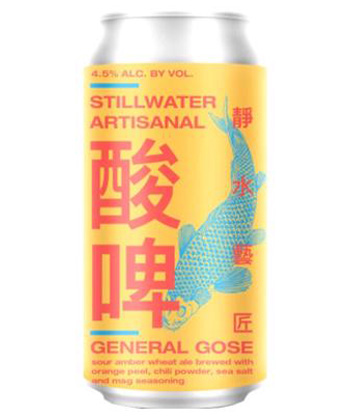
Stillwater Artisanal is the brainchild of Baltimore-based DJ and electronic music producer Brian Strumke, who started the project in 2010. After many years of existing as a nomadic brewery, Strumke partnered with Washington’s Talking Cedar Brewing to make it his one and only brewing location. One of its creations is General Gose, a sour amber wheat ale brewed with orange peel powder, Thai chili powder, sea salt, and MSG seasoning. Though no Tso-style chicken was actually slipped into this brew, the recipe takes cues from one of the most beloved American-Chinese takeout dishes out there. Released around 2020, it arrived at 4.5 percent ABV in a koi fish-emblazoned can, pouring an opaque amber orange hue — really hitting the mark on that General Tso’s sauce glow.
3 Sheeps Brewing Company Nimble Lips, Noble Tongue Vol. 3: Squid Ink
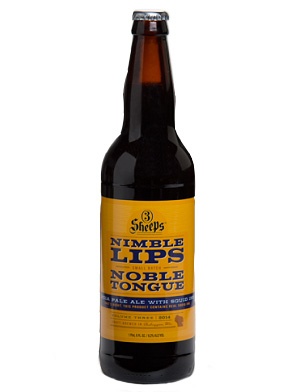
In 2014, at the helm of the Black IPA trend, 3 Sheeps’ founder and brewmaster Grant Pauly wasn’t fully satisfied with how black IPAs were manifesting as a true IPA variant. “It always bugged me. I’ve had black IPAs, and some are very tasty, but the idea of taking these gorgeous hops and then putting roasted malt on top of them just didn’t sit well,” he told Brewer Magazine. “Just call those a hoppy porters and I would be completely fine with it.”
To make something that fit the truer black IPA title, he drew inspiration from his wife’s experience trying squid ink pasta at an Italian restaurant in Chicago. Nimble Lips Noble Tongue Vol. 3 Squid Ink Black IPA was born. According to Pauly, the salty, nautical touch of the squid ink enhances the hop profile. A few years later, California’s Monkey Paw Brewing Company and Marin Brewing Co. followed suit and teamed up to brew Funky Sea Monkey, a gose with salt, coriander, and yes, squid ink.
Bolero Snort Brewery ReinBro: Skittles
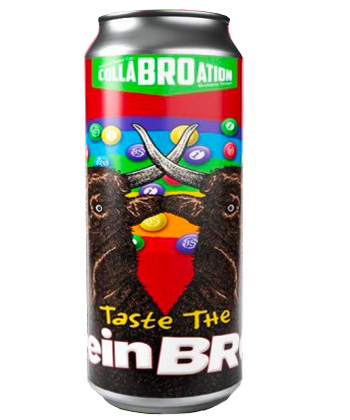
The Garden State makes a second entry on the list with Bolero Snort’s ReinBro, a 5 percent ABV “candy sour” brewed with “real rainbow candy” in collaboration with Pennsylvania’s Imprint Beer Co. Perhaps copyright laws played a hand in the labeling, since the can can be seen pictured among a pile of what is obviously S-branded Skittles on the brand’s site. Like many fellow list-makers, the folks at Bolero Snort are no stranger to the strange. Since the brewery’s founding in 2013, the Bolero team has put everything from jelly donuts and confetti birthday cake to granola and “strawberry drink mix” into their “hoof-crafted ales.”
Dock Street Brewing Co. Walker: Roasted Goat Brains
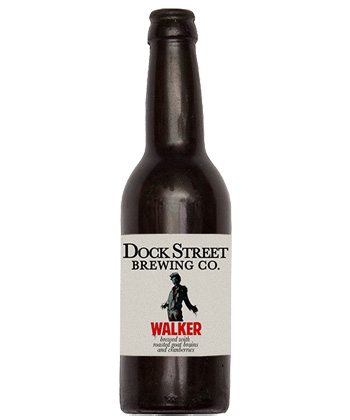
In 2014, the team, at Philadelphia’s Dock Street Brewing Co. made a tribute to AMC’s award-winning “Walking Dead” series with Walker, an American pale stout brewed with cranberries (for tartness and a “sinister bloody hue”) and roasted goat brains (for “subtle notes of smoke,” I guess). Given the popularity of the show and the newsworthiness of a beer brewed with goat noggin, the ale got a lot of press upon its release. Walker was a one-off, but definitely one for the books.
Rogue Ales Beard Beer: Yeast Cultured from Beard Hair
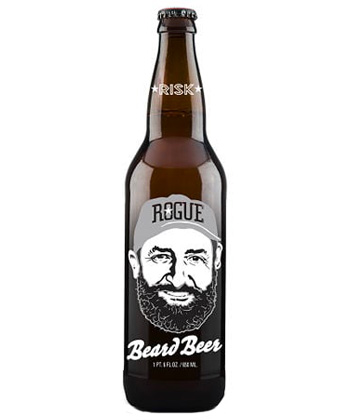
Oregon’s Rogue Ales has always been big on using local ingredients. But when the Rogue brewing team set out to make a wild ale in 2013, they had trouble isolating a new wild yeast strain that could pair with their locally sourced hops and grains. We’re not quite sure what inspired them to do so, but at the time, then-brewmaster John Maier hadn’t shaved his beard since 1978, and the team sent a sample of nine of his beard hairs to San Diego’s White Labs in hopes of finding a suitable healthy new yeast strain. Sure enough, the analysis showed that there was indeed a new strain in the scruff, likely a hybrid containing genes from Rogue’s house yeast called Pacman. Rogue Ales then put the yeast to use in an American wild ale, appropriately dubbed Beard Beer. (The beer’s alleged working name for a while was “New Crustacean,” but thankfully, they ditched that one.)
As far as the ale’s flavor goes, it was reportedly pretty solid. Upon its release, Martin Cizmar wrote in Willamette Week that “the beer itself is quite normal: a sweet, bread-y American wild ale without much to distinguish it beyond a notable pineapple flavor.”
